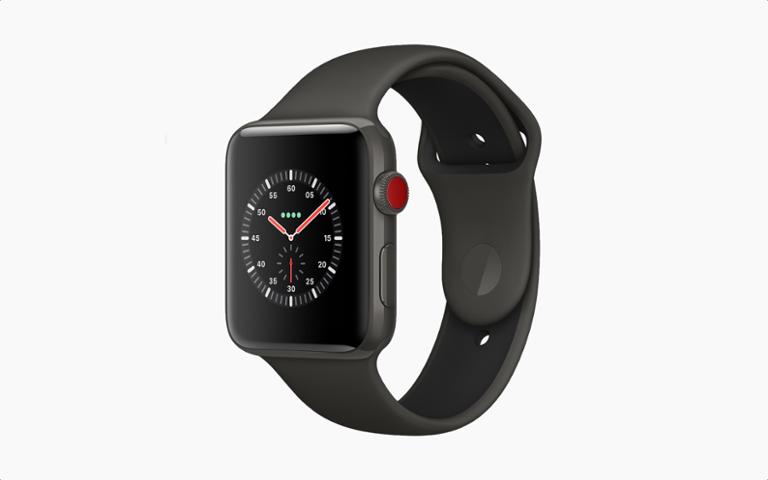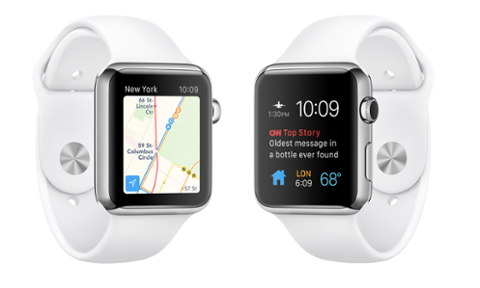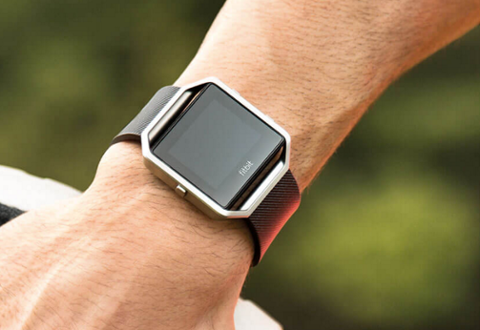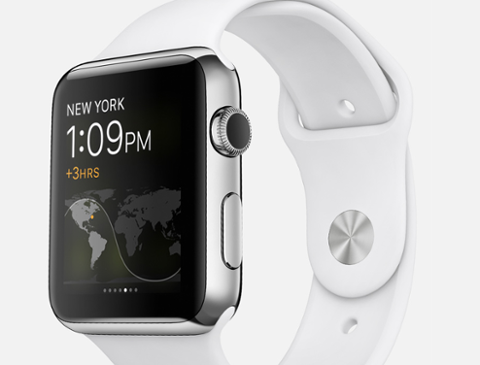Smartwatches such as the Apple Watch are an $8 billion market, with Apple
likely leading the way (CEO Tim Cook says Apple Watch is “the number one selling smartwatch by far”). So why don’t developers have the tools necessary to build great apps for it? A recent
blog post from iOS developer Marco Arment points to the iPhone’s genesis as cause for concern with Apple Watch. He reminds us that Apple co-founder Steve Jobs once slammed competing devices for creating “baby” apps and website experiences (in fact, Jobs once referred to apps on rival phones
as "crippled" and relatively low-power, while touting iPhone apps as "desktop class"). Arment claims WatchKit, the framework Apple Watch apps are built with, is guilty of allowing ‘baby’ apps itself; he also says that Apple doesn’t use WatchKit internally, so its engineers don’t “feel” its limitations. Arment recalls Steve Jobs pointing to web apps as a pre-native-apps salve for the early iPhone. At the time, Jobs said web apps were the “sweet solution” to native. They weren’t, and never became anything beyond modified websites, but the similarity with the current Apple Watch situation is hard to overlook: Developers aren’t getting the tooling they need to build great native watch experiences, while Apple ignores pleas for better. This isn’t exclusively an Apple problem. Fitbit’s smartwatch has a terrible developer environment, and Android Wear is an afterthought often relegated to fitness tracking on traditional-looking watches. According to research firm
CCS Insight, Apple Watch commanded “more than 50 percent” of the smartwatch market in 2017, with Google’s
Android Wear devices hovering around 21 percent.
”Quick Access to Information”
At WWDC 2017, Tim Cook specifically called out the Apple Watch’s ability to surface information quickly. It was a truthful statement, but probably a touch misleading in today’s development environment. The Apple Watch
does surface information, but as Arment posits, it's not the information users deserve. He’s calling for Apple to open its internal watchOS UI to developers so they can tap into the real power of Apple Watch and build better native experiences for it. But Apple may be sneakily moving away from ‘native,’ anyway. WWDC 2017 brought the introduction of the Siri watch face, which provides the aforementioned quick access to information. Using a touch of Machine Learning, the Siri watch face also surfaces calendar appointments, monitors your activity to provide details such as travel time to work, and peeks into third-party apps to show boarding passes and other digital items you’ll need
when you need them. This is a subtle form of
Continuity, Apple’s tooling for creating a link between its various bits of hardware (and platforms). It’s also how we receive phone calls on Apple Watch, continue viewing a website on iPhone from the Mac, and dip and dive between apps on desktop and mobile. It may also be the best future for the smartwatch.
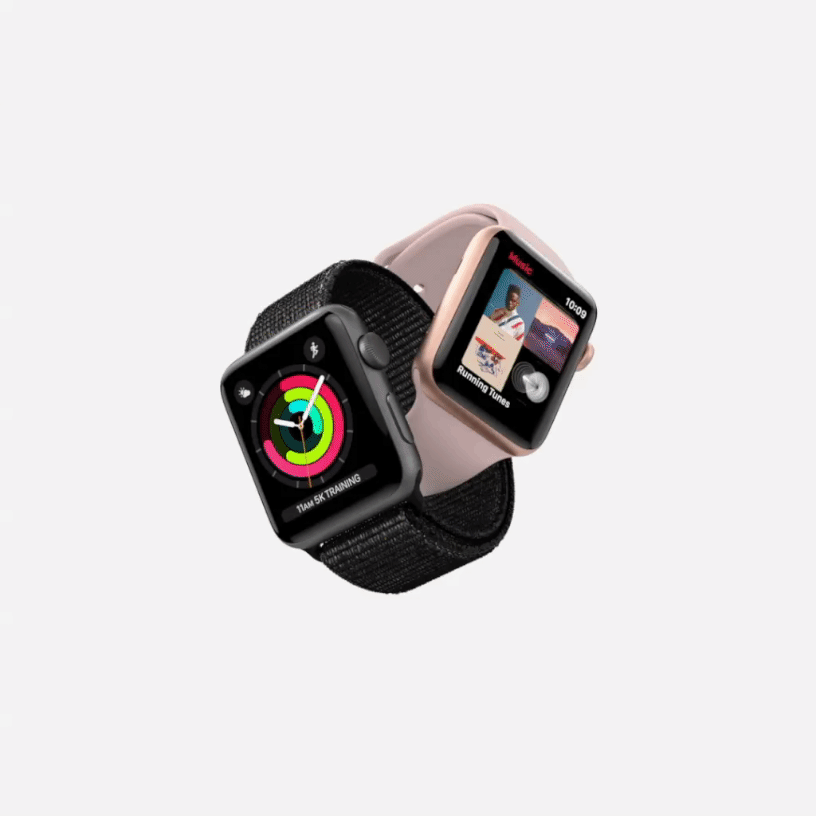
”watchOs is Moving Forward Really Quickly”
According to Apple’s Vice President of Technology, Kevin Lynch, the platform Arment sees as limited is in rapid development. Currently, the core of a
watchOS app is creating a communication link to an iOS app. It’s here that Arment notes his frustration; in trying to build a watchOS app for his podcast player Overcast, he ran afoul of
WKAudioFilePlayer, dubbing it “an abysmal, demoralizing API that I lost weeks of my life battling that feels like it had literally zero testing at Apple.” Here lies the crux of the argument. Arment claims the API he has access to as a third-party developer is different from Apple’s, which is both a headache for the developer and limiting to users of his (very good) app. It seems whatever tooling Apple is using for watchOS experiences has a stronger link to iOS counterparts. Playback on the wrist for Apple Music is wonderful, and it’s hard to think Arment would have trouble with a playback API considering his level of experience as a mobile developer. Better tooling is great for native, but likely not what Apple wants for the Apple Watch. Instead of trying to force native onto the wrist, Apple is increasingly interested in making it a place you look to for context and interaction with iOS apps. This is a wider lane for growth on the Apple Watch, too. The communication link between devices is established and reliable; forging a new path for displaying information is less difficult than asking developers to essentially write “baby” apps and support them long-term.
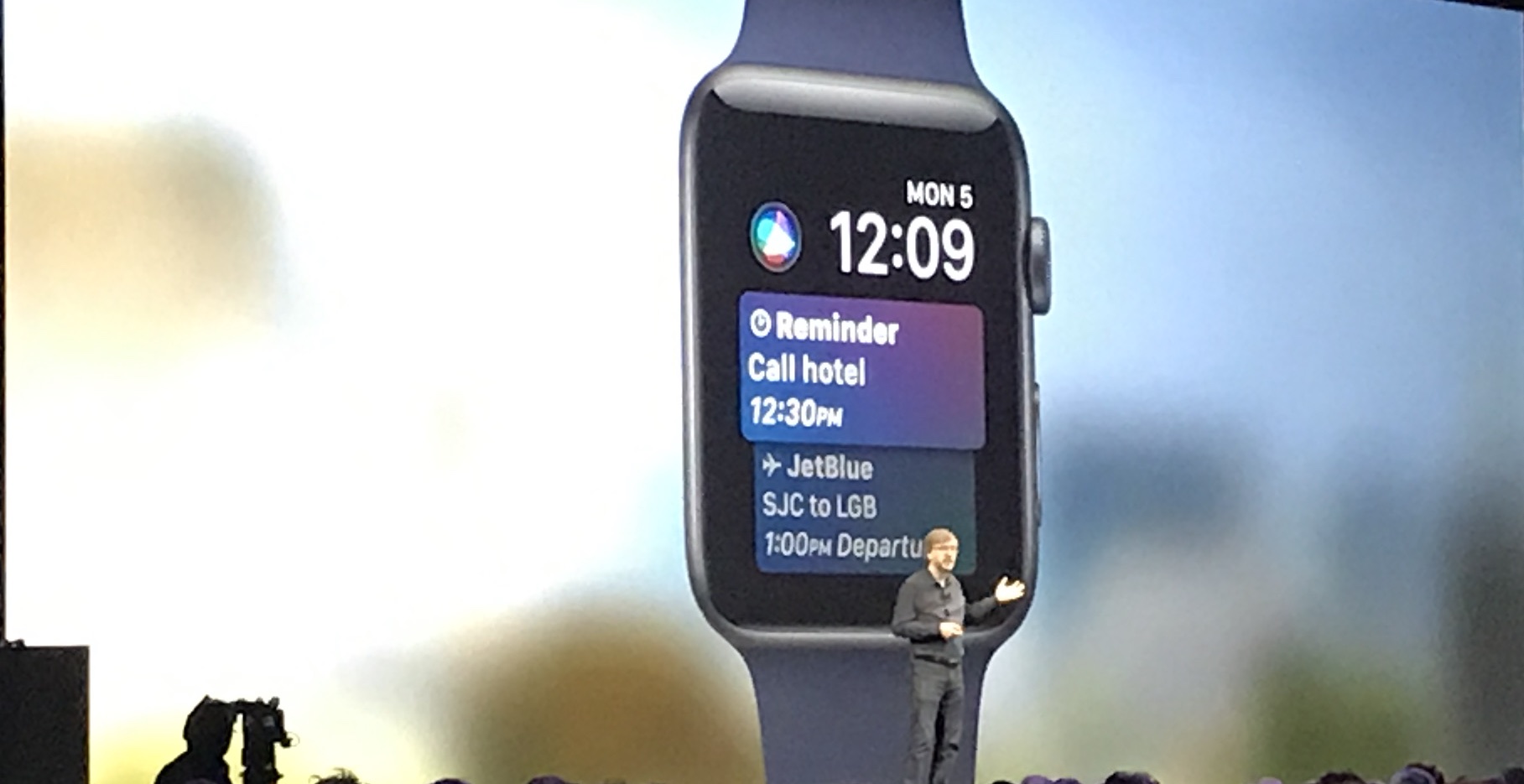
”Displays Information Most Important to You”
This is how Lynch framed Apple Watch’s Siri watch face at WWDC, but he may actually be talking about a future iteration of watchOS proper. At some point, we’d expect WatchKit “apps” to simply become
views for iOS apps. The Siri watch face is the first stab at this. Instead of a bunch of notifications and a clumsy screen for apps, Apple Watch should be a contextual frame of reference. This can be better accomplished through APIs: You might pop into a grocery store and find Apple Pay on your watch ready for a transaction when you hit the checkout line; it spun up the moment you walked into the store, because your iPhone told the watch where you were, and the store accepts Apple Pay. Similarly, starting a running workout might also bring up your favorite running playlist for playback automatically; or the Siri face might surface news headlines at 11 A.M. when you’re typically opening Apple News for the first time (which naturally hands reading off to the iPhone). It’s this sort of sublimity that Apple is chasing; less staring at a tiny screen, more glancing at it to control your phone and interact with the world around you. Native apps are where we started for watchOS, but they just might be a bad choice long-term. Building them is clearly wonky, and supporting them is similarly difficult. Many developers and businesses simply don’t see a reason to have them. But when the watchOS paradigm becomes view-centric, watch apps become a bit simpler to design, easier to maintain, and less to consider long-term in terms of updating effort. We just hope the tea leaves are right and this becomes the future of smartwatch “apps.” It may be the sweetest solution of all.


